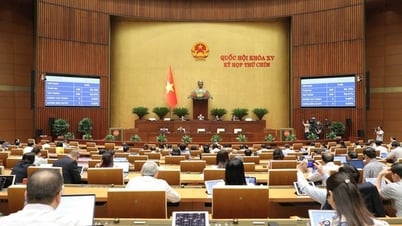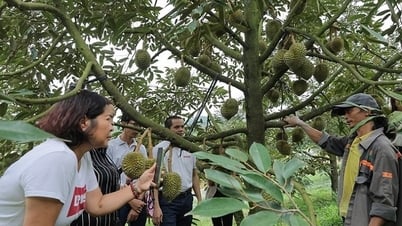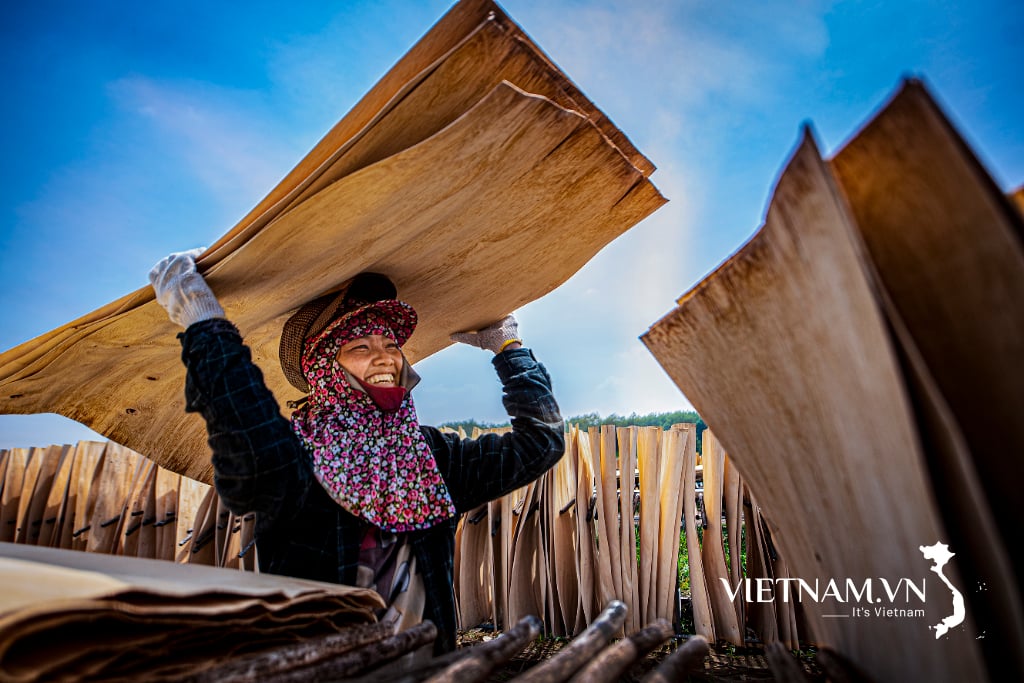Demand for cold storage is rising in Asia
According to the recently released Savills Asia Pacific Cold Storage Real Estate Report, although accounting for only about 11.4% of total transactions in the industrial real estate segment, the cold storage real estate market recorded a growth rate of 29.6% from 2017 to 2022, far exceeding other types in the market. The increasing demand for cold storage is said to stem from the growth in household income, the increase in urban population and middle class as well as changes in consumer habits.
As incomes in the region increase, consumers’ shopping habits are shifting towards higher quality fresh foods. They are abandoning the traditional shopping habits of traditional markets and going to supermarkets to find a variety of foods that are conveniently preserved.
In addition, the growth of e-commerce is also a key driver for the cold storage segment. Mr. Thomas Rooney, Senior Manager, Industrial Services, Savills Hanoi said: “During the pandemic, e-commerce and online shopping for essential goods have exploded with an average global e-commerce penetration rate of 22%. Notably, China and South Korea are the two countries with the highest e-commerce penetration rate in the world , at 27%. In emerging markets such as Southeast Asia, the main consumer group is the young population, expected to achieve a growth rate of e-commerce penetration of about 17% in the period 2022 - 2026”. In addition, the pandemic has also boosted the demand for storing vaccines, pharmaceuticals and healthcare products that require cold chain supply. In Asia Pacific, the cold storage market is in its nascent stage of development with some prominent markets such as China, India, Japan, South Korea and Australia. According to a recent report by the Global Cold Chain Alliance (GCCA), India is the largest cold storage market globally in terms of total capacity, at 150 million m3, with China (105 million m3) and Japan (38 million m3) in third and fourth place globally.
However, the current supply of cold storage is still not meeting demand. The Savills Asia Pacific Cold Storage Real Estate Report shows that the average available cold storage volume per capita across major Asian markets ranged from just 0.03 to 0.50 m3 in 2018. Apart from New Zealand, the regional average is currently much lower than the US or UK markets, at 0.49 m3 and 0.44 m3 respectively.
Asia-Pacific will need an additional 325 million m3 to reach the same level as the US and UK, or double the 2018 level, according to GCCA estimates. Furthermore, much of the current supply in the region is smaller than in developed markets. For example, cold storage in India typically ranges from 15,000 to 25,000 m3, compared to the 100,000 m3 in markets such as the UK, US or Australia.
Overall, the shortage of cold storage supply is expected to persist in the short to medium term. This will lead to higher occupancy rates, stronger rental growth in existing supply, and create attractive investment opportunities.
Potential of cold storage real estate in Vietnam
In Vietnam, Savills Report shows that the revenue of the fresh food industry in Vietnam increased by 6.3% in the period 2020 - 2022 (from 40.4 billion USD in 2020 to 45.7 billion USD in 2022). Strong domestic demand and the booming e-commerce landscape are the main drivers for the development of the cold storage market.
Vietnam's e-commerce market also witnessed a significant growth rate, reaching 21.5% in the period of 2017 - 2022, promoting the expansion of all ancillary services. The online food delivery industry also recorded a rapid growth rate, reaching 5.5% in the period of 2020 - 2022. Similar to other developing markets in the region, Savills' report said that Vietnam's cold storage market is still assessed to be developing on a small scale, with just over 40 projects, providing a total area of about 460,00 m2 of cold storage area as recorded by 2022. The supply of cold storage in Vietnam is currently relatively small and concentrated in a number of large cities. The market in the South recorded more dynamic development due to greater demand for food, seafood and retail products.
Data published in the Savills Asia-Pacific Cold Storage Real Estate report shows that the majority of cold storage supply is concentrated in Ho Chi Minh City and neighboring provinces such as Binh Duong, Long An or Dong Nai, with a total area accounting for 87% of the total supply nationwide. In the Northern market, in recent years, Hanoi, Bac Ninh and Hung Yen have also recorded a significant increase in supply, but it is still limited in comparison to the Southern market. Cold storage rental prices in the markets are very diverse, Ho Chi Minh City has a rental price nearly twice as high as other areas thanks to better facilities and many other value-added services.
Mr. Thomas Rooney said: “The average rental price of cold storage in the Vietnamese market is currently from 22 USD/ton/month (in Bac Ninh) to 50 USD/ton/month (in Ho Chi Minh City). The current supply of new cold storage mainly comes from domestic enterprises. As of the end of 2022, An Viet, Phan Duy, Hung Vuong, ABA Cool Trans are the leading cold storage suppliers. In addition, foreign enterprises such as Lineage Logistics, SK Logistics and Lotte Logistics are actively investing in their own storage systems in the Vietnamese market. However, the situation of supply not meeting demand continues.”
The expert also commented that the growth of e-commerce platforms and online shopping habits will lead to increasing pressure on cold storage capacity, especially when the average occupancy rate nationwide has reached about 88% by the end of 2022, with major markets such as Ho Chi Minh City, Binh Duong, Long An, and Bac Ninh provinces fluctuating at over 90%.
This change in consumer habits will be a key driver of growth in the cold storage and logistics segment in the long term. According to Mr. Thomas Rooney, the transportation and storage services of the cold chain need to continue to improve. Although there are still barriers in terms of infrastructure and suitable technology, the Asia-Pacific market is still receiving a lot of support from the government through policies and subsidies. With continuous investment from private enterprises in developing new technology and automation systems, the cold chain is assessed to possess many favorable potentials for further development in the future. In addition, the complexity of the cold storage operating system requires higher investment capital and operating costs than conventional types, leading to a longer time to recover capital. Moreover, the nature of the products stored in cold storage makes the regulations on safety and health for cold storage tightened. This makes the regulatory system and licensing process for cold storage more difficult, especially for new investors entering the field. Therefore, cold storage investors are often experienced investors with financial potential.
“Investors also need to identify risks such as many possible problems that may occur during operation, economic fluctuations and reduced yields to better take advantage of the opportunities that the cold storage segment brings. Based on my experience supporting tenants and investors in the cold supply chain, I believe that cold storages that are well-invested, well-designed, have prime locations and optimize operating costs will outperform conventional competitors, thereby attracting more transactions and investments from larger businesses in the future,” the expert commented./.
Source link
































































































Comment (0)